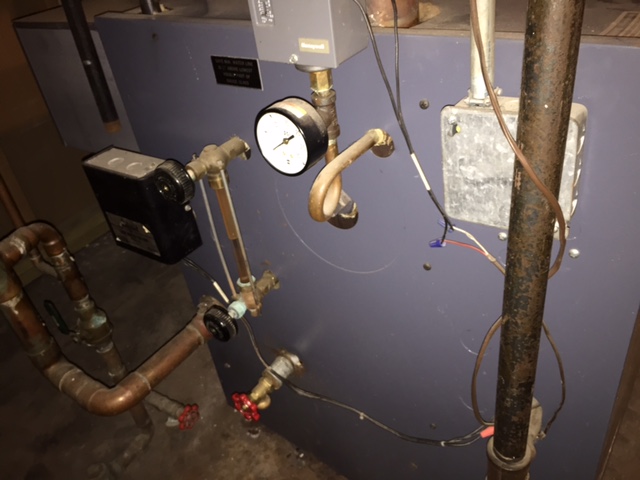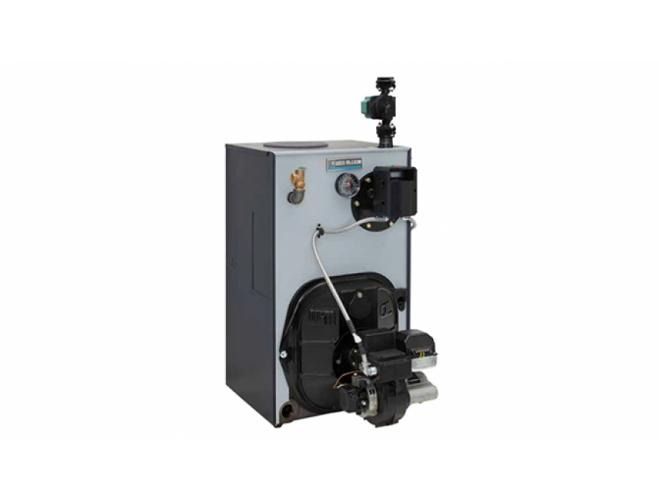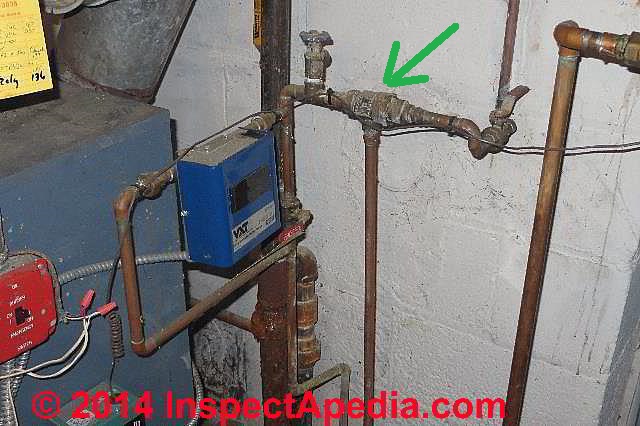Weil Mclain Automatic Water Feeder

Maintaining optimal water pressure within a hydronic heating system, whether it's in a cozy home or a sprawling commercial building, is crucial for efficient and reliable operation. A key component in achieving this is the automatic water feeder. While numerous manufacturers offer these devices, Weil-McLain has established itself as a reputable brand known for its durable and dependable products. This article explores the Weil-McLain automatic water feeder, its function, types, installation, maintenance, troubleshooting, and how it compares to other options available in the market.
What is a Weil-McLain Automatic Water Feeder?
An automatic water feeder, also sometimes called an auto-fill valve, is designed to automatically maintain the correct water pressure in a closed-loop hydronic heating system. Hydronic systems, such as those using boilers and radiators, circulate hot water or steam to distribute heat. Over time, water can be lost from the system due to leaks, evaporation from air vents, or during routine maintenance. Without a mechanism to replenish this lost water, the system pressure will drop, potentially leading to inefficient operation, system failure, or even damage.
The Weil-McLain automatic water feeder is specifically engineered to address this issue. It acts as a valve that connects the heating system to the domestic water supply. When the pressure within the heating system drops below a pre-set level, the feeder automatically opens, allowing water to flow into the system until the desired pressure is restored. Once the correct pressure is achieved, the feeder closes, preventing overfilling. This automated process ensures that the heating system always has the necessary water level for optimal performance.
Types of Weil-McLain Automatic Water Feeders
Weil-McLain offers a range of automatic water feeders to suit different system sizes and requirements. While specific models may vary, they generally fall into two main categories:
Standard Automatic Water Feeders
These are the most common type of feeder and are suitable for residential and small commercial applications. They typically feature a simple, mechanical design with a pressure-reducing valve and a check valve. The pressure-reducing valve regulates the incoming water pressure from the domestic supply, ensuring that it matches the required pressure for the heating system. The check valve prevents backflow of water from the heating system into the domestic water supply, protecting the potable water source from contamination.
These feeders are generally less expensive and easier to install than more sophisticated models. However, they may require periodic maintenance and calibration to ensure accurate pressure regulation.
Automatic Water Feeders with Low Water Cut-Off
These feeders incorporate an additional safety feature: a low water cut-off. This device detects when the water level in the boiler or heating system drops below a critical point. If this occurs, the cut-off automatically shuts down the boiler, preventing it from firing and potentially causing damage due to overheating or dry firing. This is especially important in systems where leaks may be more prevalent or where regular monitoring is less frequent.
While more expensive than standard feeders, models with low water cut-off offer an added layer of protection and are often recommended for larger systems or situations where system safety is a paramount concern.
Installation of a Weil-McLain Automatic Water Feeder
Proper installation is crucial for the correct functioning and longevity of a Weil-McLain automatic water feeder. While homeowners with plumbing experience may attempt installation, it is generally recommended that a qualified HVAC technician or plumber perform the work to ensure compliance with local codes and proper system integration.
The installation process typically involves the following steps:
- Isolation of the Heating System: The heating system must be isolated from the domestic water supply and the boiler turned off and allowed to cool down.
- Location Selection: The feeder should be installed in a location that is easily accessible for maintenance and inspection, and preferably near the boiler or expansion tank. It should also be protected from freezing temperatures.
- Plumbing Connections: The feeder is connected to the domestic water supply and the heating system piping using appropriate fittings. Ensure that all connections are tight and leak-free.
- Pressure Setting: The pressure-reducing valve on the feeder is adjusted to the desired system pressure. This is typically specified in the boiler manufacturer's instructions.
- Testing: After installation, the system should be thoroughly tested for leaks and proper operation. The boiler should be fired up, and the pressure should be monitored to ensure that the feeder maintains the correct water level.
Maintenance of a Weil-McLain Automatic Water Feeder
Regular maintenance is essential to ensure the reliable performance of a Weil-McLain automatic water feeder. The following maintenance tasks should be performed periodically:
Visual Inspection
Regularly inspect the feeder for leaks, corrosion, or other signs of damage. Check the pressure gauge to ensure that the system pressure is within the recommended range.
Cleaning
Over time, mineral deposits and sediment can accumulate in the feeder, affecting its performance. Clean the feeder periodically by flushing it with clean water. Some models may have a removable strainer that can be cleaned separately.
Pressure Adjustment
Periodically check the pressure setting of the feeder and adjust it if necessary to maintain the desired system pressure. Fluctuations in pressure may indicate a problem with the feeder or the heating system.
Professional Servicing
It is recommended to have a qualified HVAC technician inspect and service the feeder at least once a year. The technician can perform a more thorough cleaning, calibration, and inspection of the feeder to ensure optimal performance and prevent potential problems.
Troubleshooting Common Issues
Even with regular maintenance, problems can occasionally arise with a Weil-McLain automatic water feeder. Here are some common issues and their potential solutions:
Feeder Not Supplying Water
Possible causes include a closed shut-off valve on the domestic water supply, a clogged strainer, a malfunctioning pressure-reducing valve, or a frozen water line. Check these components and take appropriate corrective action.
Feeder Overfilling the System
This could be due to a faulty pressure-reducing valve, a stuck check valve, or a leak in the heating system. Inspect these components and repair or replace them as necessary. Also, examine the expansion tank, as a saturated or failed tank can cause pressure fluctuations.
Pressure Fluctuations
Pressure fluctuations can be caused by air in the system, a malfunctioning expansion tank, or a problem with the feeder itself. Bleed the system to remove air, inspect the expansion tank, and check the feeder for proper operation.
Weil-McLain vs. Competitors: Cost, Efficiency, and Lifespan
When selecting an automatic water feeder, it's important to consider the various options available and compare their features, cost, efficiency, and lifespan. While Weil-McLain is a reputable brand, other manufacturers, such as Honeywell, Watts, and Caleffi, also offer reliable automatic water feeders.
Cost
The cost of an automatic water feeder can vary depending on the brand, model, and features. Generally, Weil-McLain feeders are competitively priced compared to other major brands. However, prices can fluctuate, so it's essential to compare quotes from different suppliers.
Efficiency
The efficiency of an automatic water feeder primarily relates to its ability to accurately maintain the desired system pressure and prevent water wastage. Weil-McLain feeders are generally known for their reliable performance and accurate pressure regulation. However, proper installation and maintenance are crucial for maximizing efficiency.
Lifespan
The lifespan of an automatic water feeder can vary depending on factors such as water quality, usage, and maintenance. With proper care and maintenance, a Weil-McLain feeder can last for many years. However, it's essential to inspect the feeder regularly and replace it if necessary to prevent potential problems. Some models may have replaceable components, such as the pressure-reducing valve or check valve, which can extend the lifespan of the feeder.
Conclusion
A Weil-McLain automatic water feeder is an essential component for maintaining the correct water pressure in a hydronic heating system. By automatically replenishing lost water, it ensures efficient and reliable operation, prevents system damage, and prolongs the lifespan of the heating equipment. While installation and maintenance are crucial for optimal performance, a Weil-McLain feeder offers a dependable solution for homeowners, HVAC technicians, and facility managers alike.










